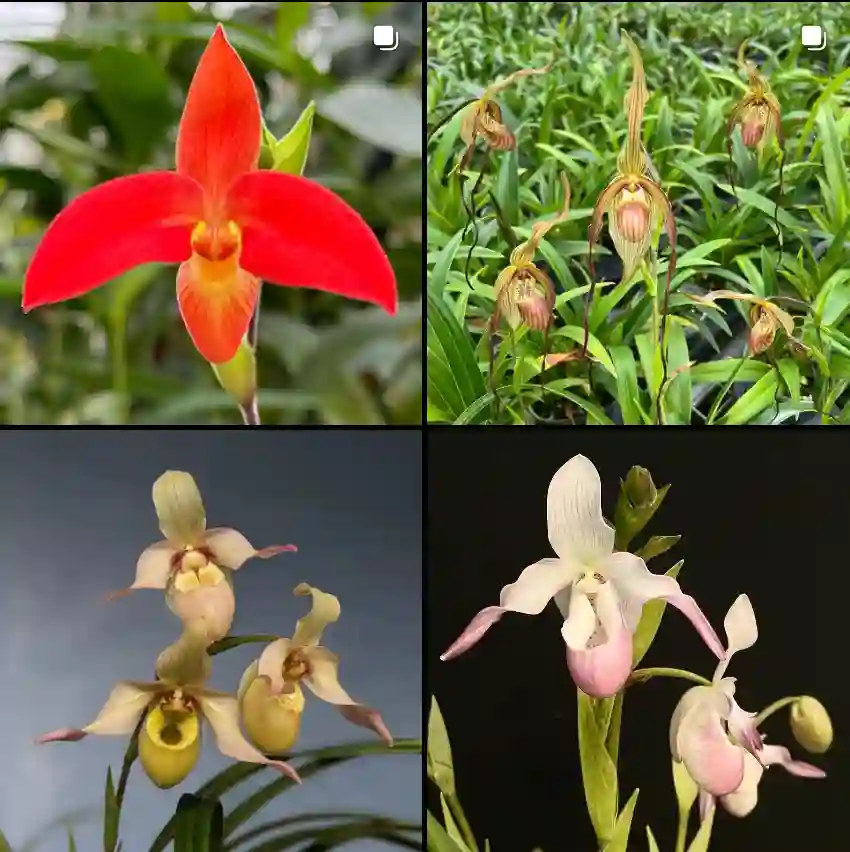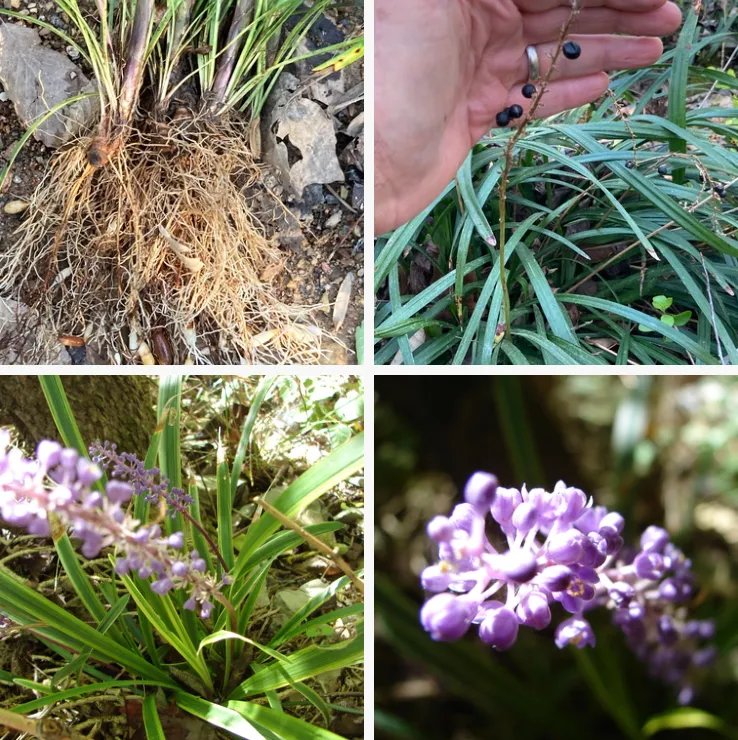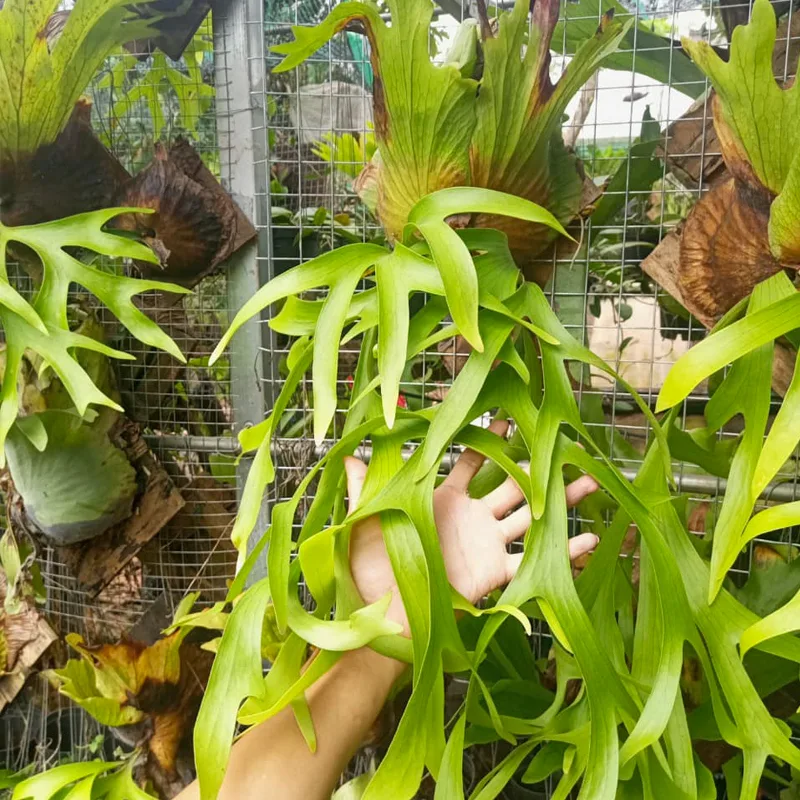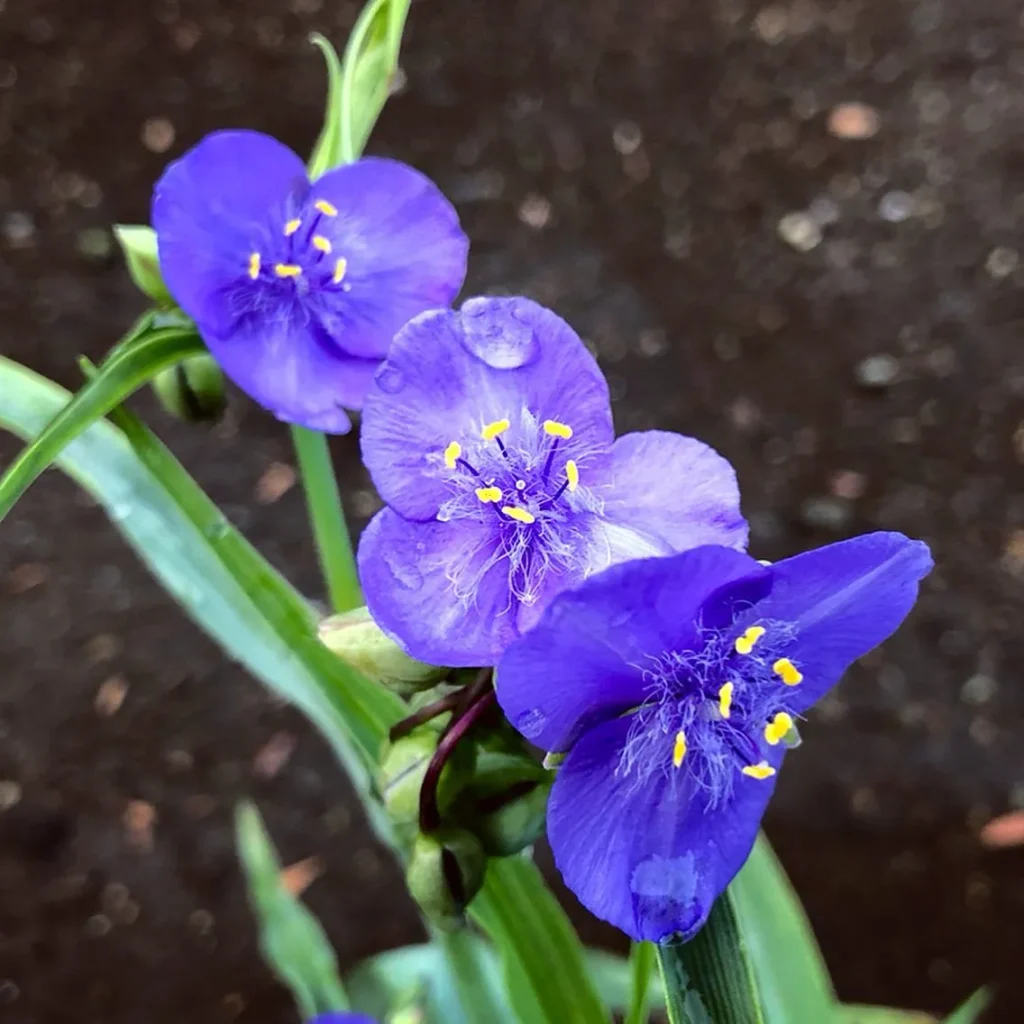Exploring the Asphodelaceae Family
The Asphodelaceae family has always piqued my interest due to the unique and diverse genera it encompasses. From common garden staples like Aloe to the elegant Haworthia, each genus brings something special to the plant world. As someone who loves exploring different plant families, the Asphodelaceae holds a special place in my heart because of its beauty, resilience, and medicinal significance.
Understanding the Asphodelaceae Family
The Asphodelaceae family is a diverse group of flowering plants native to various parts of the world, particularly South Africa and the Mediterranean. What stands out to me is the family’s adaptability, allowing species to thrive in both arid and semi-arid climates. This adaptability makes them a go-to for xeriscaping, especially in areas where water conservation is important.
Plants in this family are often easily recognized by their succulent leaves and striking flower spikes. These plants are generally easy to care for, making them a favorite among home gardeners. They can tolerate a range of conditions, which is why I find them so versatile.
Genera
Aloe: The Healing Wonder
One of the most well-known genera within the Asphodelaceae family is Aloe. When I first encountered Aloe plants, I was immediately drawn to their fleshy, spiky leaves and unique shape. Aloe vera is perhaps the most famous species in this genus, largely due to its well-documented medicinal properties. Aloe vera gel is widely used to treat burns, cuts, and skin irritations, and I’ve often used it in my own home for similar purposes. It’s incredibly rewarding to grow a plant that also has practical uses.
What I love about Aloe plants is their low-maintenance nature. They thrive in dry conditions and are perfect for indoor gardening, especially if you don’t have much time for regular watering. As long as they get enough sunlight, they are resilient and provide a lush, green aesthetic.
Haworthia: The Hidden Gem
The Haworthia genus is another favorite of mine from the Asphodelaceae family. These small, rosette-forming succulents are a delight to grow because they offer intricate leaf patterns and a variety of textures. I have a soft spot for Haworthia fasciata, often referred to as the Zebra plant due to its striking white stripes. It’s the kind of plant that looks stunning whether placed on a windowsill or incorporated into a terrarium.
One thing I appreciate about Haworthias is their ability to thrive in low-light environments. While many succulents demand bright sunlight, Haworthias are more forgiving. This makes them an excellent option for apartments or offices with limited light. I find myself recommending them often to friends who want to add greenery to their homes without worrying too much about specific lighting requirements.
Gasteria: A Subtle Beauty
When discussing the Asphodelaceae family, I can’t overlook Gasteria, a genus that may not be as well-known as Aloe or Haworthia, but is equally fascinating. Gasteria plants have thick, fleshy leaves that are often speckled with white spots, giving them a unique appearance. What first caught my eye with Gasteria was their slow growth and the way their leaves fan out in such a structured yet graceful manner. They’re perfect for bonsai-like arrangements or as accents in a succulent garden.
I’ve found Gasteria plants to be incredibly tolerant of neglect, making them a great choice for those new to succulent care. They don’t require frequent watering and are happy with indirect sunlight, which is why they’ve earned a spot on my list of go-to plants.
Bulbine: The Yellow Charm
Among the lesser-known genera in the Asphodelaceae family is Bulbine, which I’ve grown to admire for its yellow and orange blooms that resemble miniature stars. This genus is especially appreciated for its ornamental value. Bulbine frutescens is one species that I keep around for its bright flowers, which can last for months. But what’s even more fascinating is that Bulbine also has medicinal properties similar to Aloe, particularly in treating skin conditions.
In my experience, Bulbine is a hardy plant that thrives in a variety of soil types, as long as there’s good drainage. Like many Asphodelaceae members, it prefers minimal watering, which makes it a suitable plant for drought-prone areas or water-conscious gardens.
Asphodelus: A Link to History
18 Species in Genus Asphodelus
Another fascinating genus is Asphodelus, known for its historical significance in Greek and Roman cultures. This genus has inspired mythological connections to the afterlife, which gives it an almost mystical appeal. The flowers are delicate and often white or pink, and while they aren’t as visually striking as some of the other genera I’ve mentioned, there’s something poetic about their simplicity.
Growing Asphodelus in my garden has added a layer of history and depth, connecting me to ancient civilizations that revered these plants. It’s a genus that might not capture everyone’s attention, but for me, its historical context makes it worth growing.
Other genera
- Agrostocrinum F.Muell.
- Aloestrela Molteno & Gideon F.Sm.
- Aloiampelos Klopper & Gideon F.Sm.
- Aloidendron (A.Berger) Klopper & Gideon F.Sm.
- Aristaloe Boatwr. & J.C.Manning
- Arnocrinum Endl. & Lehm.
- Asphodeline Rchb.
- × Astrolista Molteno & Figueiredo
- Astroloba Uitewaal
- Bulbinella Kunth
- Caesia R.Br.
- Chamaescilla F.Muell. ex Benth.
- Corynotheca F.Muell. ex Benth.
- Dianella Lam. ex Juss. – 40 Species in Genus Dianella
- Eremurus M.Bieb. – 65 Species in Genus Eremurus
- Excremis Willd.
- Geitonoplesium A.Cunn. ex R.Br.
- Gonialoe (Baker) Boatwr. & J.C.Manning
- Haworthiopsis G.D.Rowley – 21 Species in Genus Haworthiopsis
- Hemerocallis L. – 18 Species in Genus Hemerocallis
- Hensmania W.Fitzg.
- Herpolirion Hook.f.
- Hodgsoniola F.Muell.
- Johnsonia R.Br.
- Kniphofia Moench – 73 Species in Genus Kniphofia – Red Hot Poker
- Kumara Medik. – 2 Species in Genus Kumara
- Pasithea D.Don
- Phormium J.R.Forst. & G.Forst. – 2 Species in Genus Phormium
- Rhuacophila Blume
- Simethis Kunth
- Stawellia F.Muell.
- Stypandra R.Br.
- Thelionema R.J.F.Hend.
- Trachyandra Kunth – 60 Species in Genus Trachyandra
- Tricoryne R.Br.
- Tulista Raf.
- Xanthorrhoea Sm.
Why Asphodelaceae Stands Out?
For anyone interested in succulent gardening, the Asphodelaceae family offers a range of options that cater to different tastes and gardening needs. From the medicinal Aloe to the elegant Haworthia and the ornamental Bulbine, there’s something in this family for everyone. What I find most rewarding about growing plants from the Asphodelaceae family is their resilience and adaptability. These plants not only survive but thrive in conditions that might challenge other species.
In my experience, having a few members of the Asphodelaceae family in my collection has brought diversity and beauty to my garden, while also providing practical benefits. They’re the kind of plants that, once you’ve grown, you’ll want to keep adding more.
If i die, water my plants!



